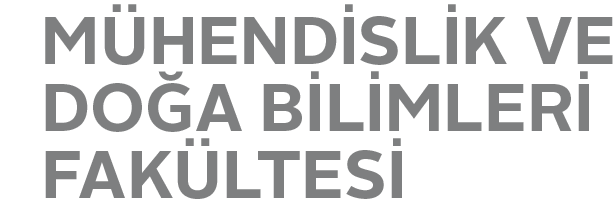Speaker: Prof. Serdar Öğüt Department of Physics, University of Illinois at Chicago, Chicago, IL 60607, USA
Title: Electronic and Optical Excitations in Confined Nanostructures: Many-Body Perturbation Theory and Density Functional Approaches
Date/Time: Nov. 7, 2016 Monday @ 15:40
Place: Sabanci University, FENS L048
Abstract: Electronic and optical excitations in confined nanostructures have been in the center of an intense research effort for the last two decades. Achieving a detailed understanding of how light interacts with matter at the nanoscale and how it can be manipulated to tune material properties is a challenging endeavor that necessitates a reliably predictive modeling and simulation effort to aid and interpret experiments. Historically, excited state descriptions of chemical species and materials have lagged behind descriptions of the ground state.
This is especially true for density functional methods where the initial formalism was developed to describe
only ground state properties. However, computational work during the last two decades on time-dependent density-functional-theory (TDDFT) and Green’s function-based many-body perturbation theory approaches (the so-called GW-BSE formalism) have provided reliable methodologies to examine electronic and optical excited states from first principles within similar frameworks as ground state properties. This talk will mainly focus on the applicationsof real-space (TD)DFT and GW-BSE methods to a variety of confined nanostructures.
After a brief discussion of the underlying theoretical and computationalmethods, I will present a summary of our recent studies performed on (i)
the nature of electronic and optical excitations in bulk-truncated TiO2 nanocrystals, and (ii) the effects of self-consistency and vertex corrections
in the GW-BSE formalism in predicting excitation spectra of a set of aromatic molecules. The first principles results obtained for these systems at variouslevels of theory will be compared with available experimental data.
contact: Inanc Adagideli, adagideli@sabanciuniv.edu
